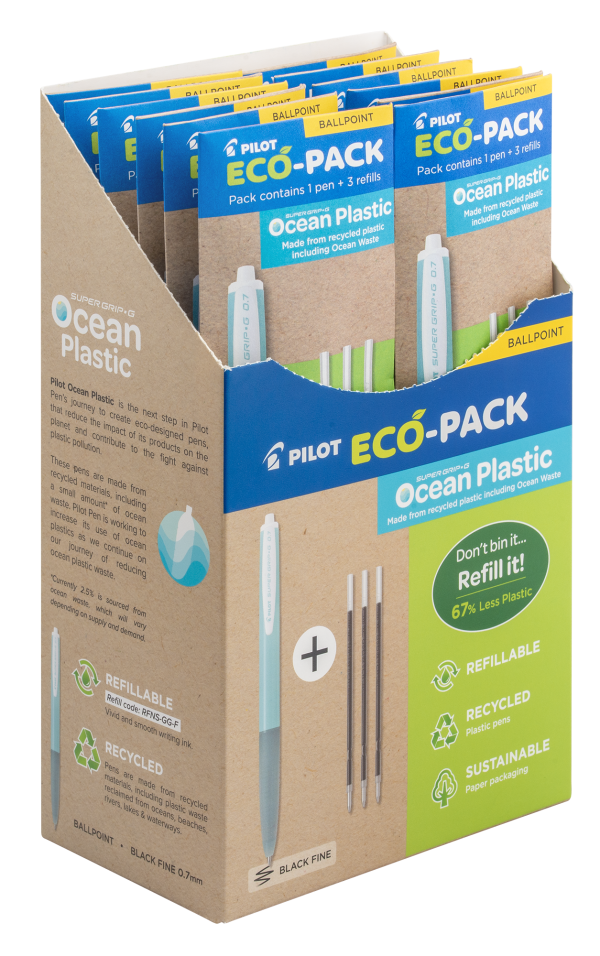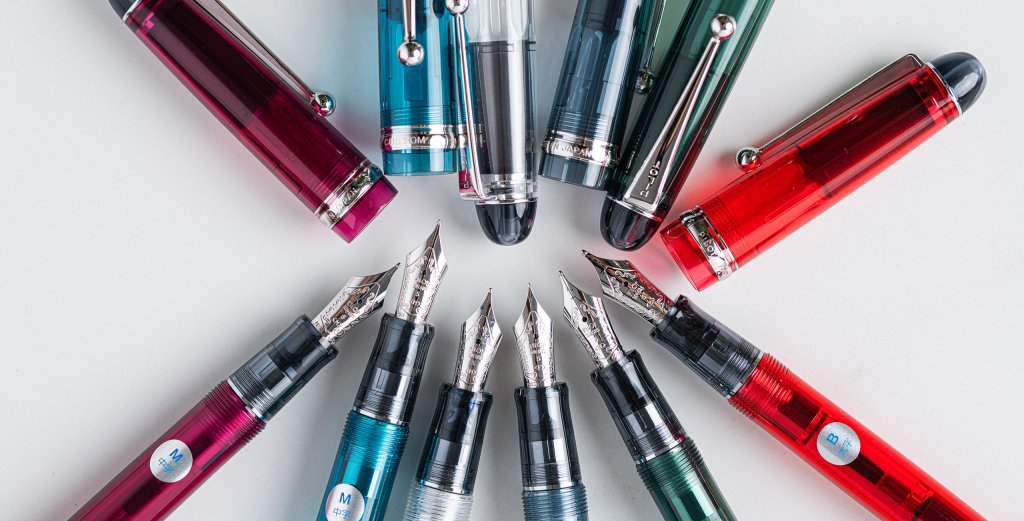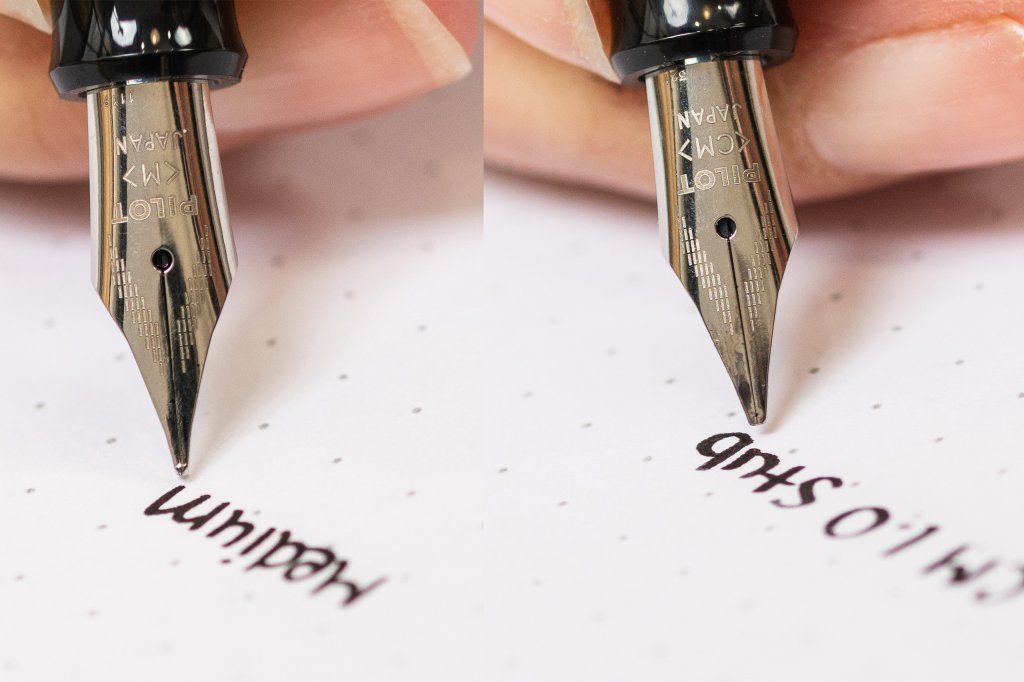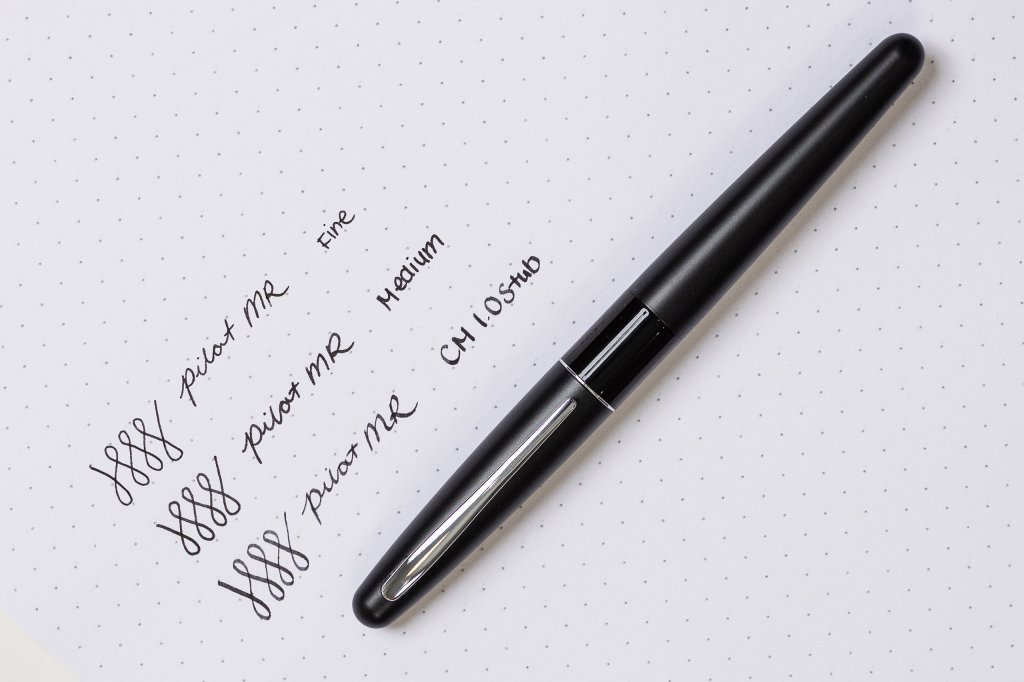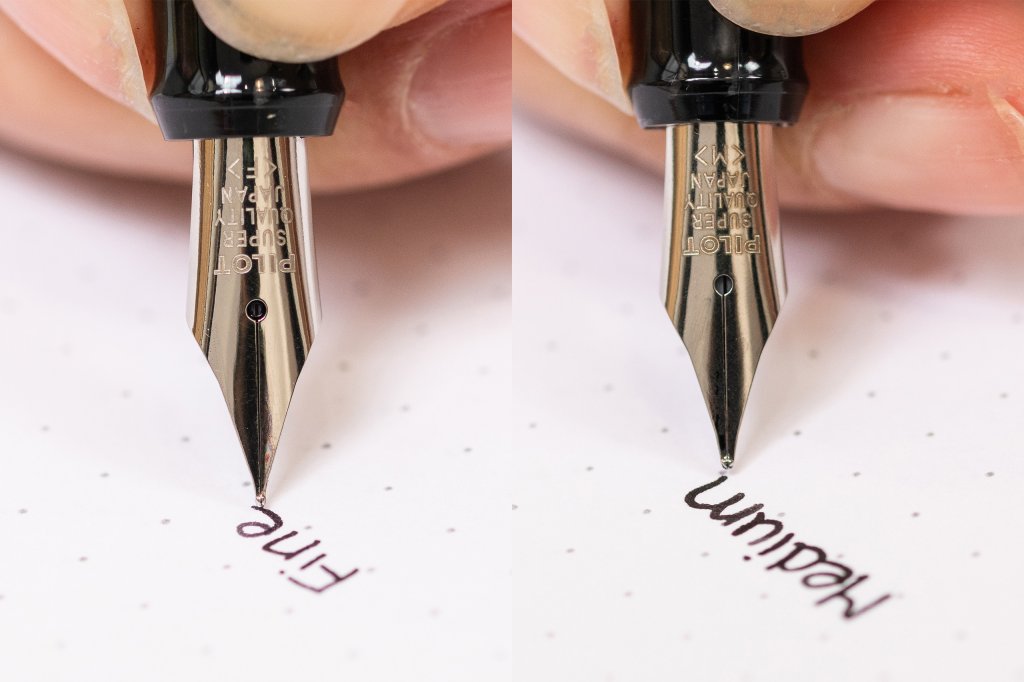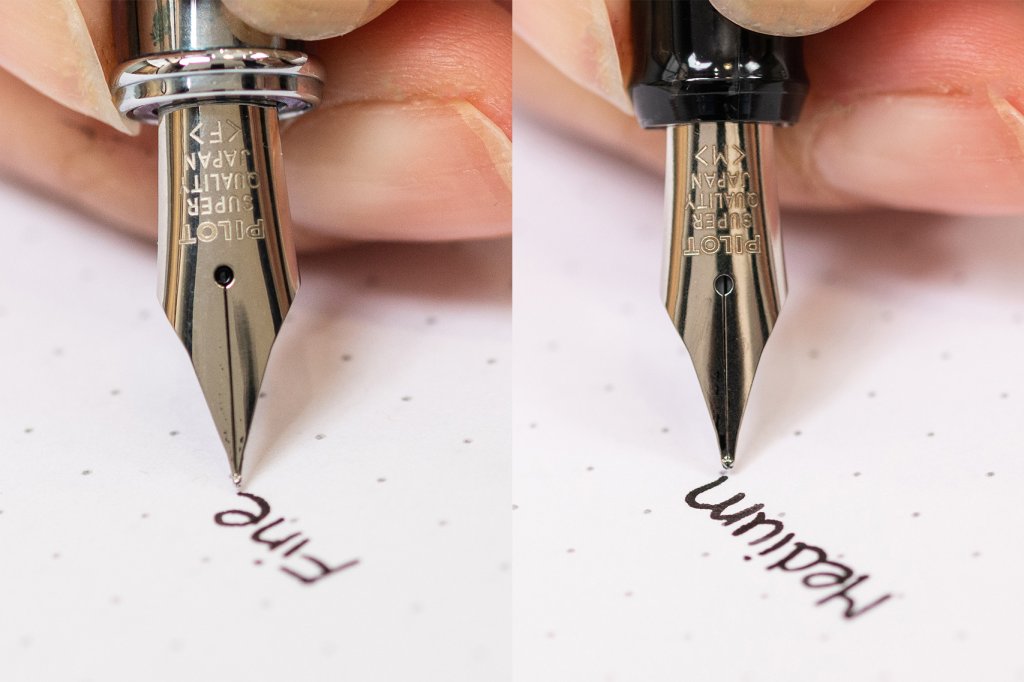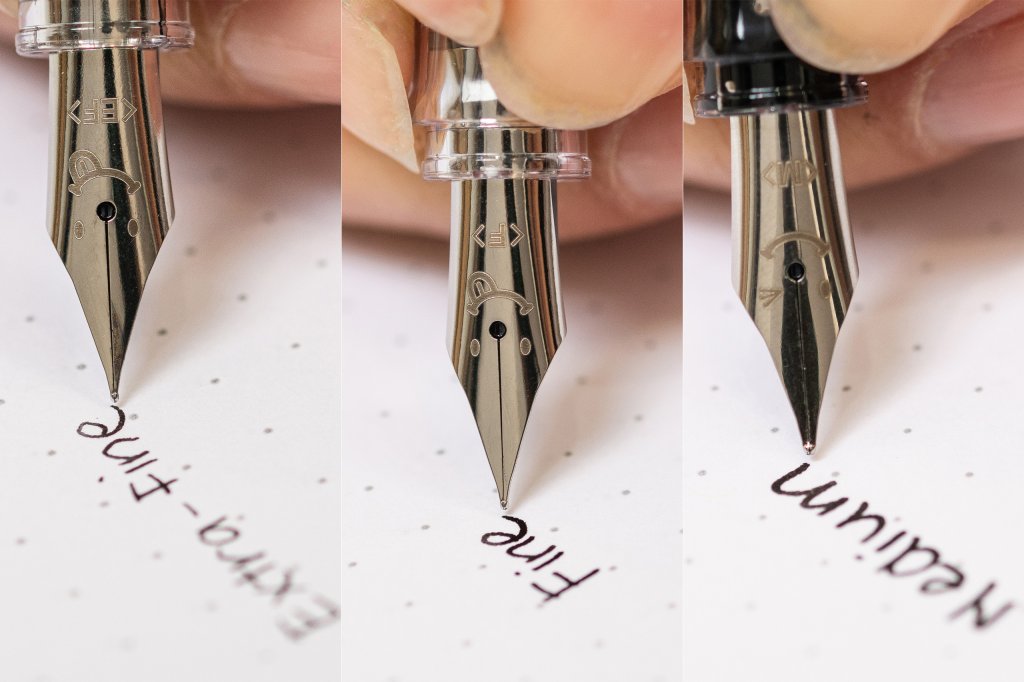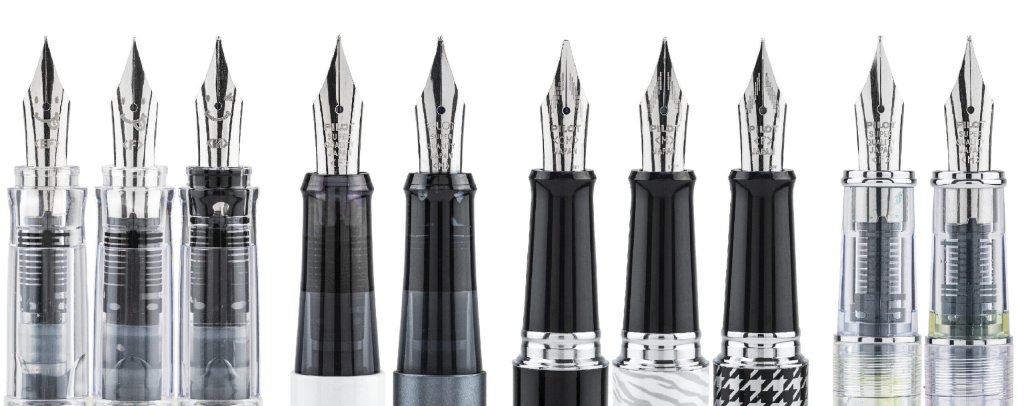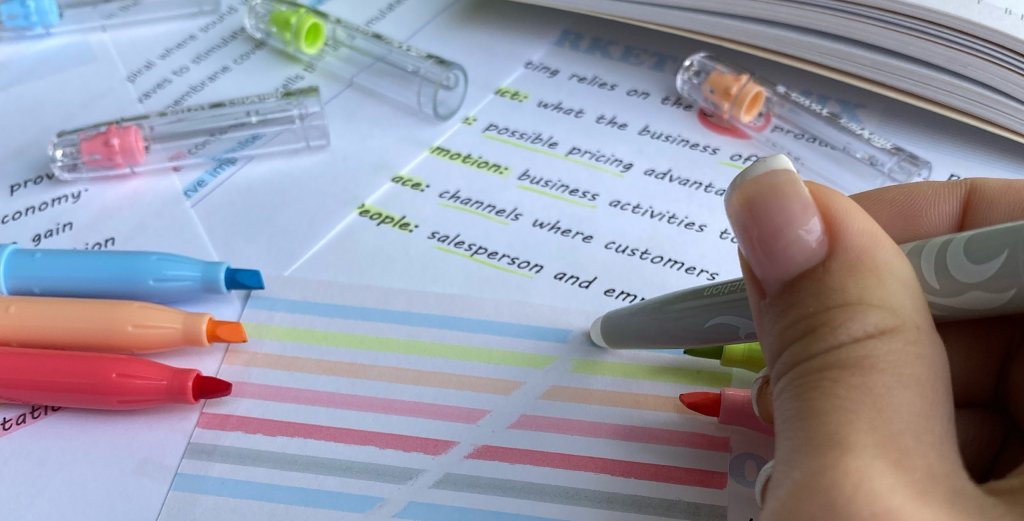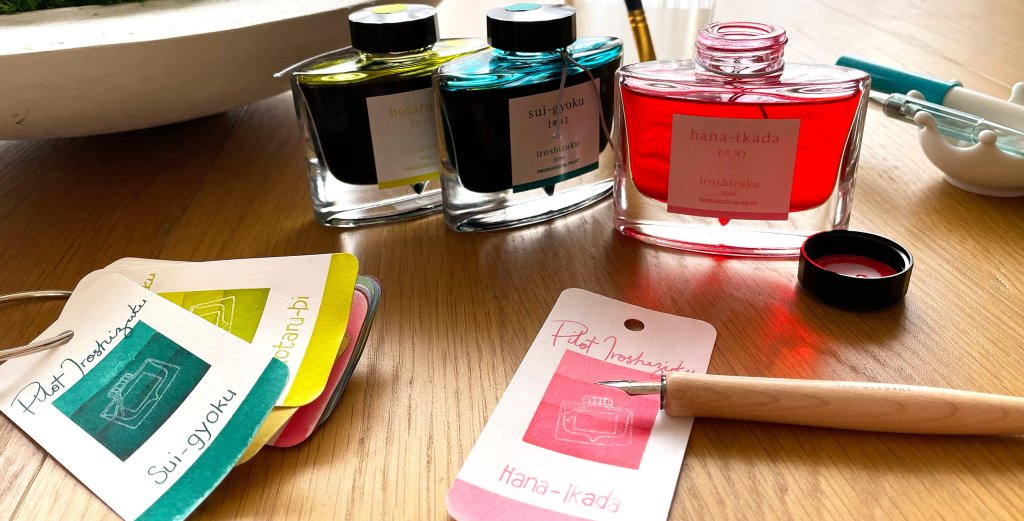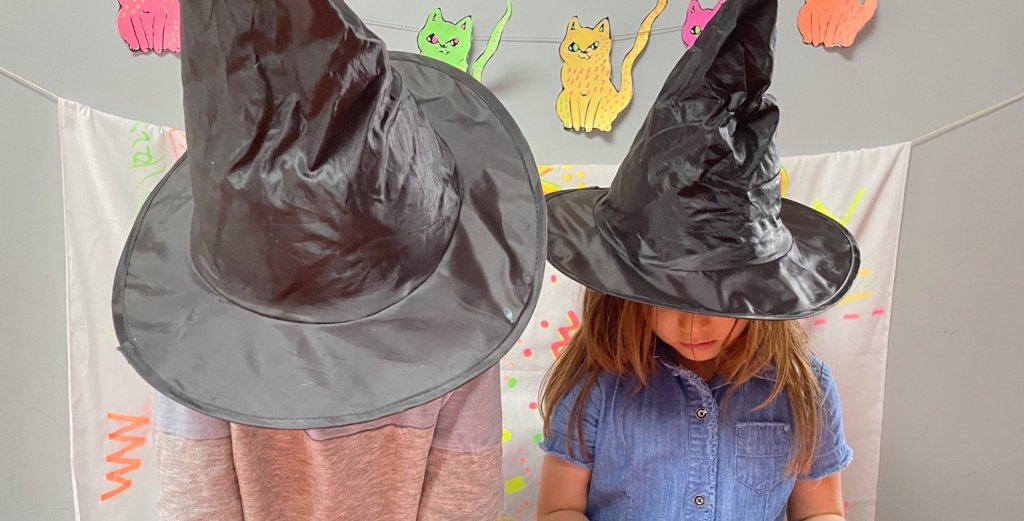How a fountain pen nib looks, feels and writes is very subjective. While it may vary from user to user, the one thing that is certain is that it is a key factor in influencing a fountain pen purchase.
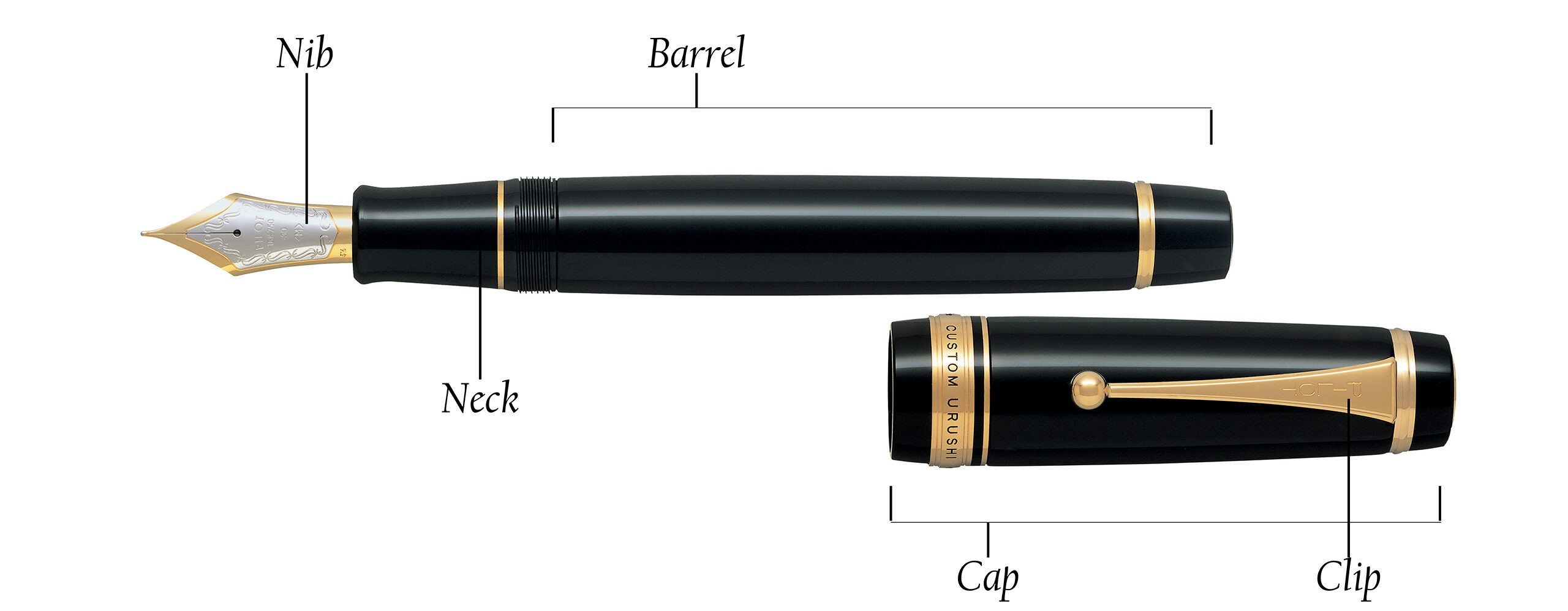 The nib is the most iconic part of a fountain pen and determines how your pen will release its ink and write on paper. It takes the ink from the barrel and channels it through a small tube, down the feed and into the slit at the front of the nib depositing it on the paper as you apply pressure. How a nib looks, feels and writes is totally subjective. While it may vary from user to user, the one thing that is certain is that it is a key factor in influencing a fountain pen purchase.
The nib is the most iconic part of a fountain pen and determines how your pen will release its ink and write on paper. It takes the ink from the barrel and channels it through a small tube, down the feed and into the slit at the front of the nib depositing it on the paper as you apply pressure. How a nib looks, feels and writes is totally subjective. While it may vary from user to user, the one thing that is certain is that it is a key factor in influencing a fountain pen purchase.
There are four characteristics that influence fountain pen performance that you should consider when selecting a fountain pen:
1. Shape
The shape of the nib's tip impacts your writing style. Today's fountain pens have a mostly round tip, allowing for a more uniform writing experience. Other shapes include Italic, Stub and a variety of calligraphy tips, all of which allow for broader strokes and more generous ink flow. The tip is inserted on the nib during the manufacturing process and is usually made of a platinum-related alloy, which allows for firmness and durability.
"
2. Size
Japanese nibs, like PILOT's range of Kakuno, Explorer, MR and Prera fountain pens tend to be smaller than their European counterparts. There are usually 4 sizes to pick from, Extra Fine, Fine, Medium and Broad (Stub).
The larger and wider the nib's tip, the more ink will be left on the page. The smaller and more narrow the tip, the more it will write like a ballpoint.
PILOT offers a wide range of affordable fountain pens in various nib sizes. Ultimately it’s a matter of personal preference. Half the fun is in the process of discovery!
"
3. Flexibility
The flexibility of a fountain pen nib refers to how far a nib's tines will spread open when pressure is applied on them during the writing process. Fountain pens with flexible nibs are rare but well-suited to calligraphy. PILOT's Falcon Fountain comes with a semi-flexible nib and is an ideal option if you are after an everyday pen that is durable and will also introduce you to the fine art of calligraphy.
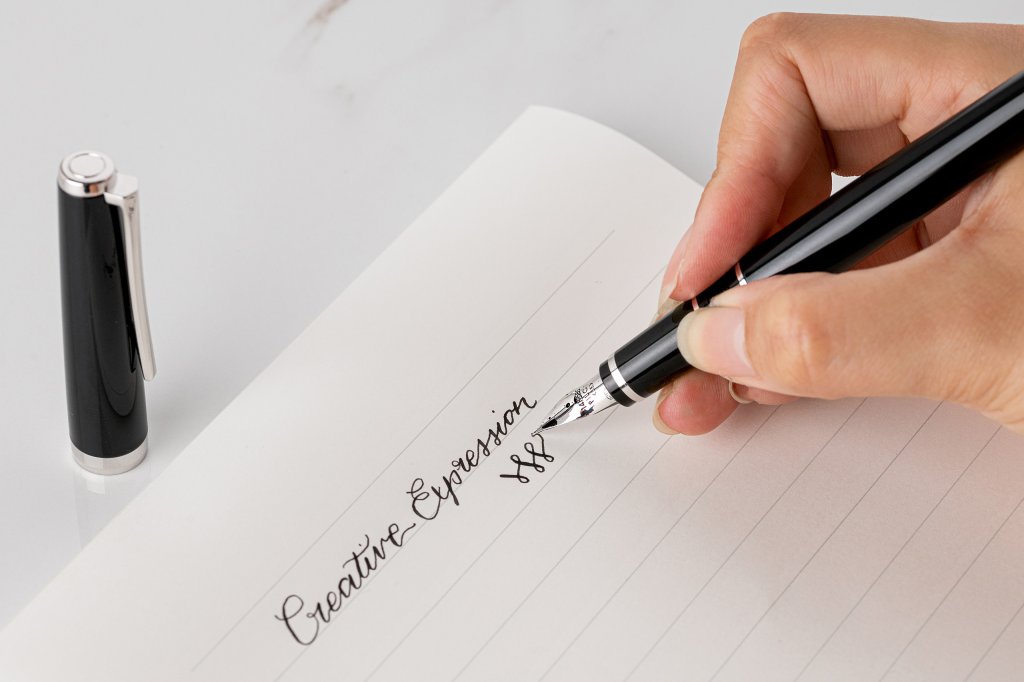
4. Materials
Most nibs are made from gold alloys or stainless steel, however more and more pen manufacturers are introducing plastic nibs into the mix. The most prized nibs are made from gold. Gold contains the best combination of properties needed to forge a nib’s iconic shape, especially if it's made by hand and provides the right amount of flex for a smooth and luxurious writing experience.
Gold nibs are made from a gold and metal alloy and come in varying degrees of gold-to-metal ratios. They can also come in rose and white gold variants. The more gold used in the nib, the softer the writing experience, providing more flexibility and give, adding character to your penmanship. It will also allow the nib to adjust to your writing style over time.
Gold fountain pen nibs generally come in 3 levels, 14k, 18k and 21k and given gold is a precious metal, it is a key contributing factor in the price of a fountain pen.
Don’t be fooled by the colour of the nib, as nibs may be coated with a very different material from what its core is made of. A steel nib with gold plating for example may look exactly like a genuine gold nib. Some gold nibs also have a rhodium coating to match the silver details of the cap and barrel.
Today, the most prolific material used for manufacturing fountain pen nibs is stainless steel which offers a harder, toothsome writing experience. Advancements in technology, materials and the manufacturing process however, means that today's steel nibs often exhibit many of the benefits attributed to gold nibs. Personally, I like the sound and feel of a scratchy nib, which is why my extra fine PILOT has a permanent place in my everyday carry.
PILOT Pen Nibs - The Namiki Tradition
PILOT has a long-standing tradition in gold nib manufacturing. Ryosuki Namiki, a founder of PILOT began the PILOT journey when he opened the Namiki Manufacturing Company ('Namiki'), a small gold nib factory in Tokyo. Over the ensuing years, he was joined by friend Masao Wada to begin manufacturing fountain pens. Focused on beauty and design, the duo are the inventors of the now famous Lacquer, Maki-E process that adorns the PILOT Namiki fountain pen range.
In 1918, Namiki as PILOT was known then, was the first to add iridium to the gold alloy which provided nib strength without compromising the softness, smoothness and flexibility of the gold nib. This made the Namiki fountain pen ideal for writing Japanese Kanji characters providing the catalyst for the fountain pen to gradually replace the brush as the preferred writing instrument in Japan. Namiki was also the first to use Osmiridium, an alloy of iridium, ruthenium, platinum, rhodium and gold for the tip.

Today, PILOT Pen is the only fountain pen manufacturer in the world that manufactures the entire pen, including the nib and the nib tip. The nib manufacturing process, which has been refined in over a century of crafting nibs, begins with the flattening out of a piece of gold before it is cut to shape. The tip ball is then welded into the nib before the nib is fine-tuned by hand. The final step is to install the nib onto the feed, ready for you to enjoy.
No matter what your preferences are, half of the fun of owning a fountain pen is in the selection process. There is no right or wrong answer, so take the time to explore your options and sample a pen, if possible, before making your selection.
You can learn more about PILOT Pen’s wide range of fountain pens and inks here.
About Author
Paul Dovas
Paul has been obsessed with writing instruments for over 30 years. In this time, he has bought, sold, found, lost, ruined and written about every aspect of collecting pens and pencils. While he doesn't like to play favourites, he is the first to admit that Japanese writing instruments hold a soft spot in his crowded heart, with his favourite being the next when he buys.
